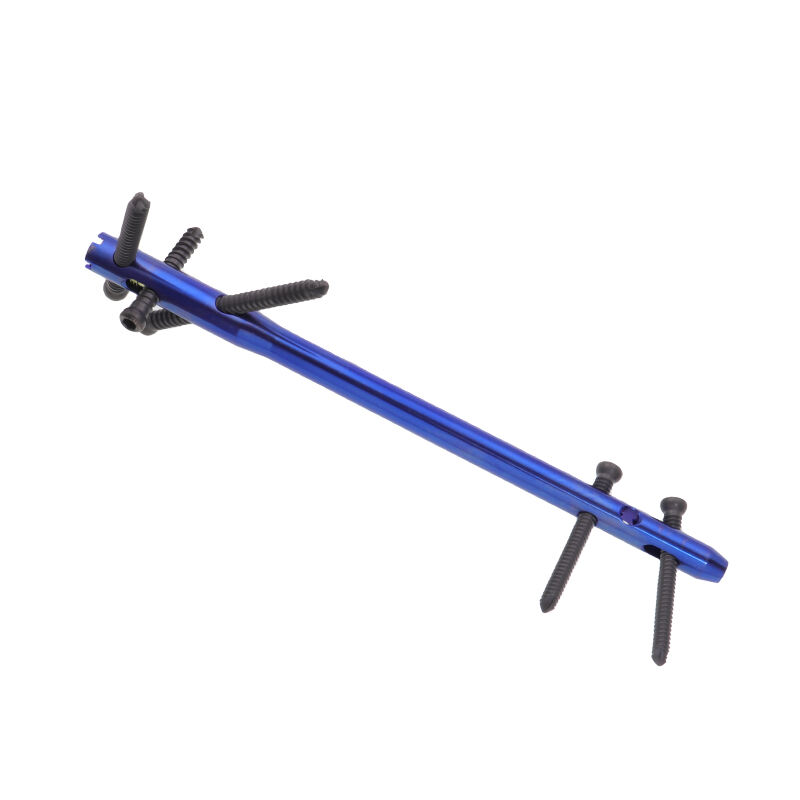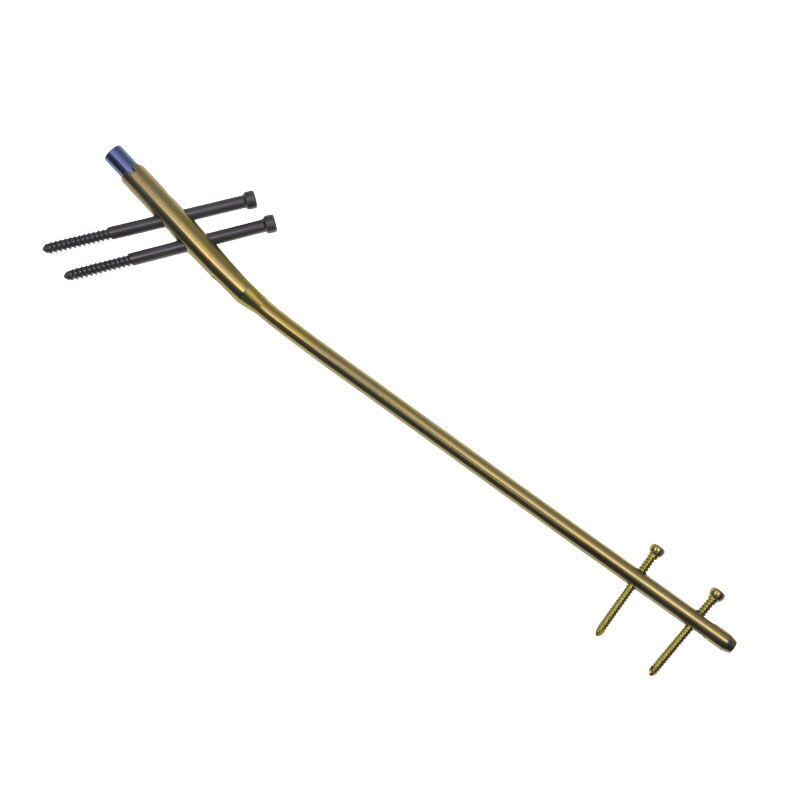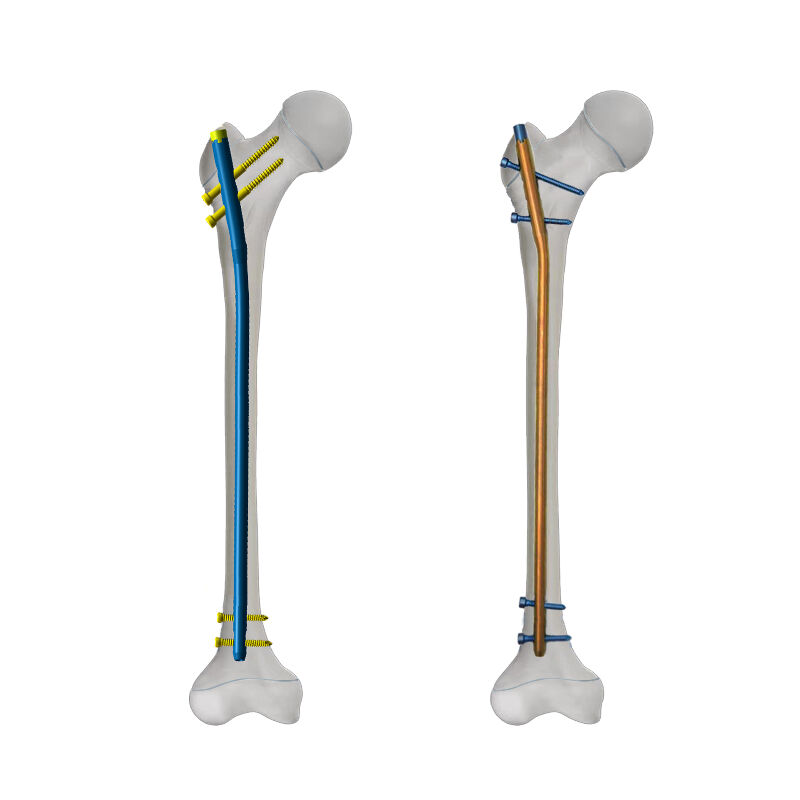elastic nailing femur
Elastic nailing femur represents a revolutionary approach in orthopedic surgery, particularly in treating pediatric femoral fractures. This minimally invasive surgical technique utilizes flexible titanium or stainless steel nails that are inserted into the medullary cavity of the femur to stabilize fractures. The elastic nails work through the principle of three-point fixation, providing both axial and rotational stability while allowing for controlled micromotion at the fracture site. This controlled movement stimulates callus formation and promotes optimal bone healing. The procedure involves making small incisions near the distal femur through which the nails are inserted retrograde, reducing surgical trauma and preserving the surrounding soft tissues. The elastic properties of the nails allow for some degree of movement while maintaining alignment, making it particularly suitable for growing children. This technique has gained widespread acceptance due to its ability to promote rapid healing, early mobilization, and minimal scarring. The system is designed to work with the natural healing process of the body, providing stable fixation while allowing for the physiological forces necessary for proper bone remodeling.


